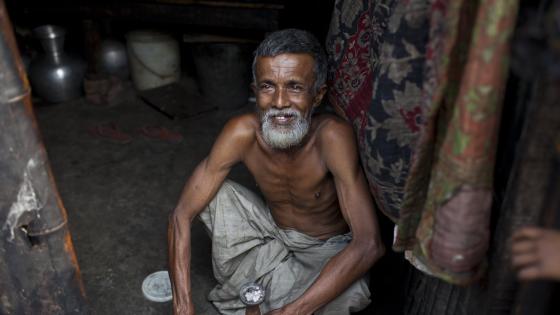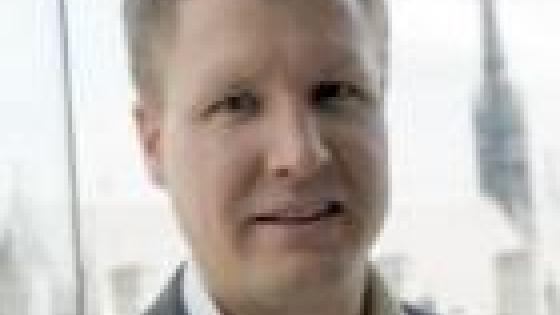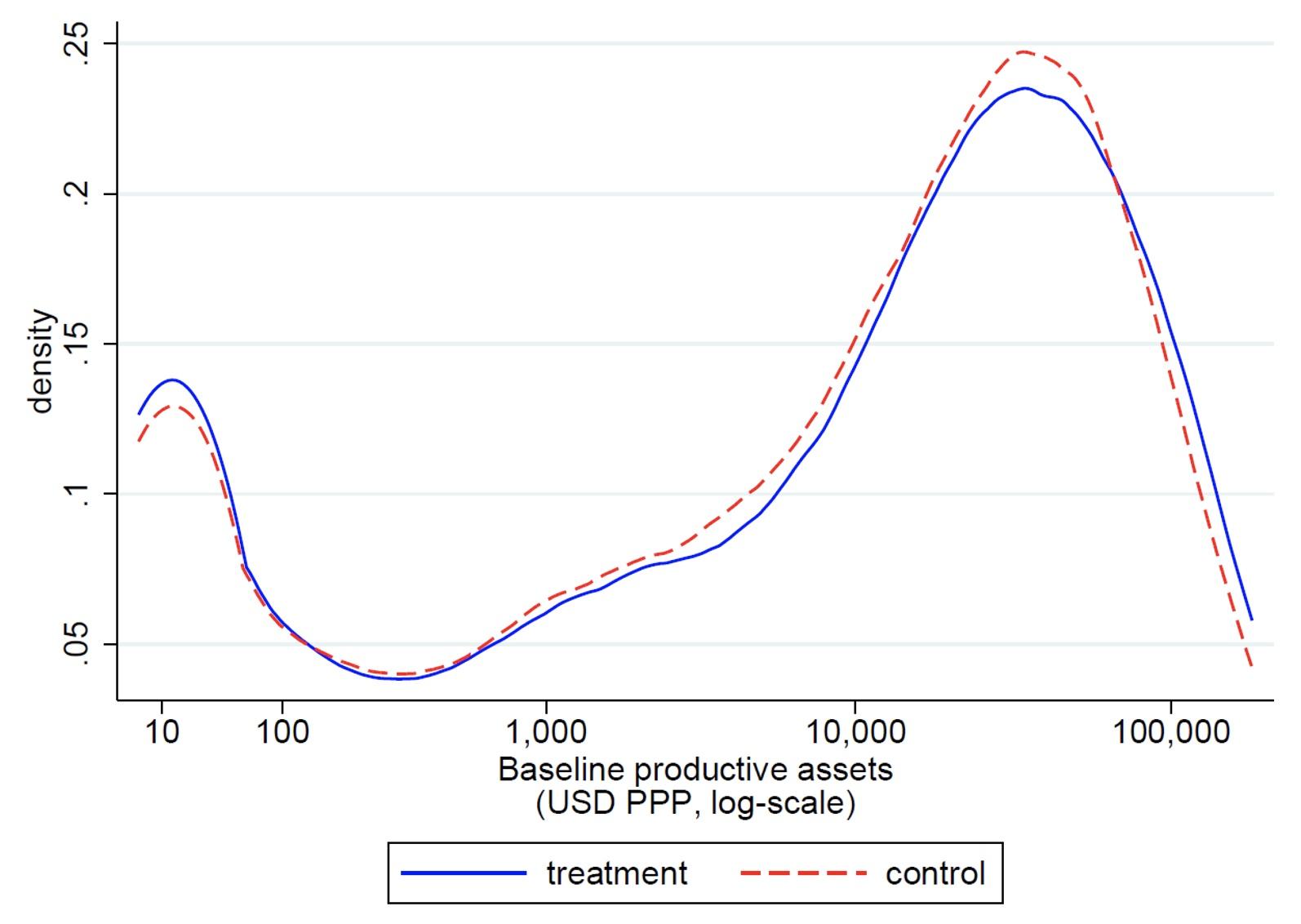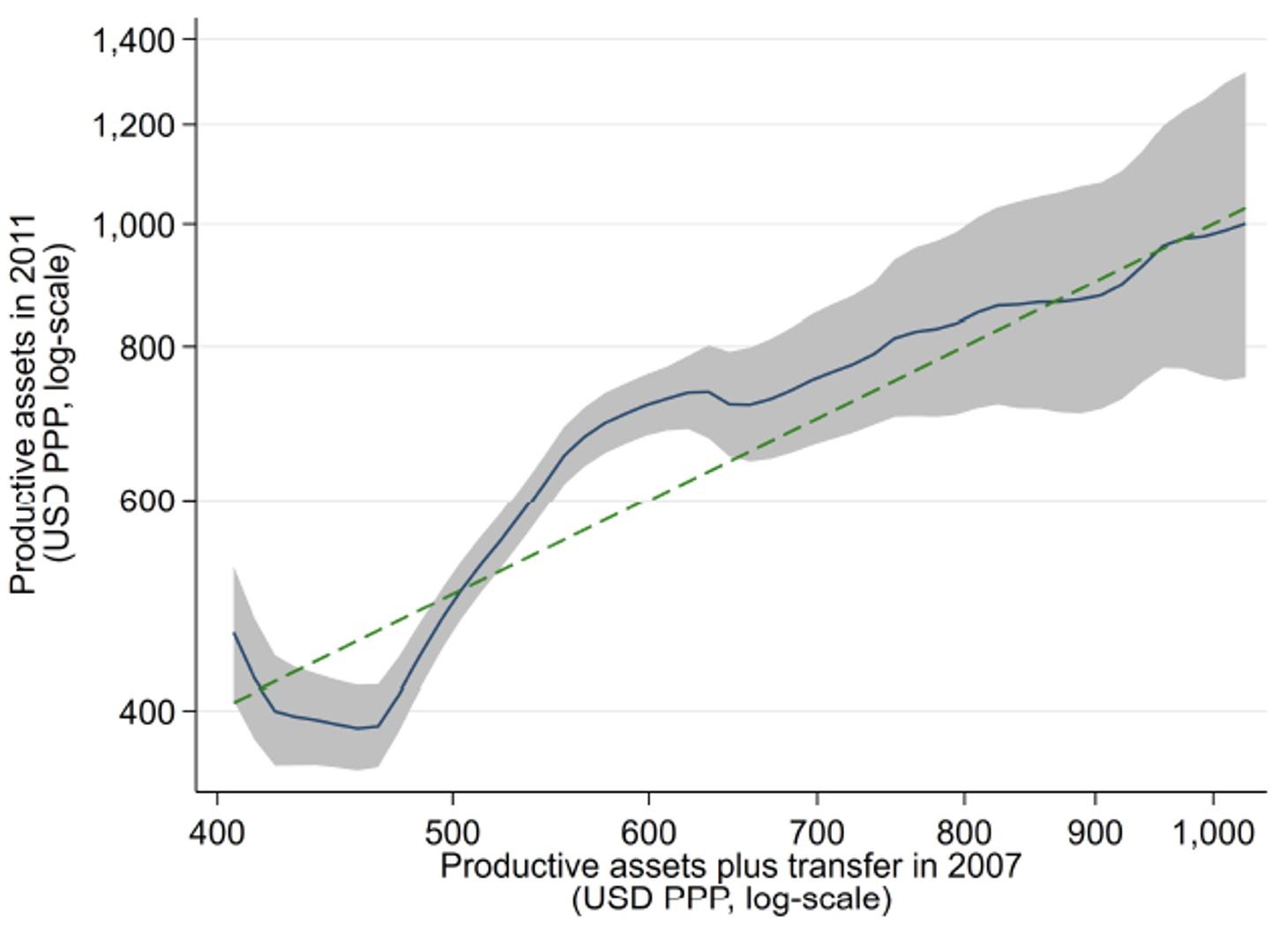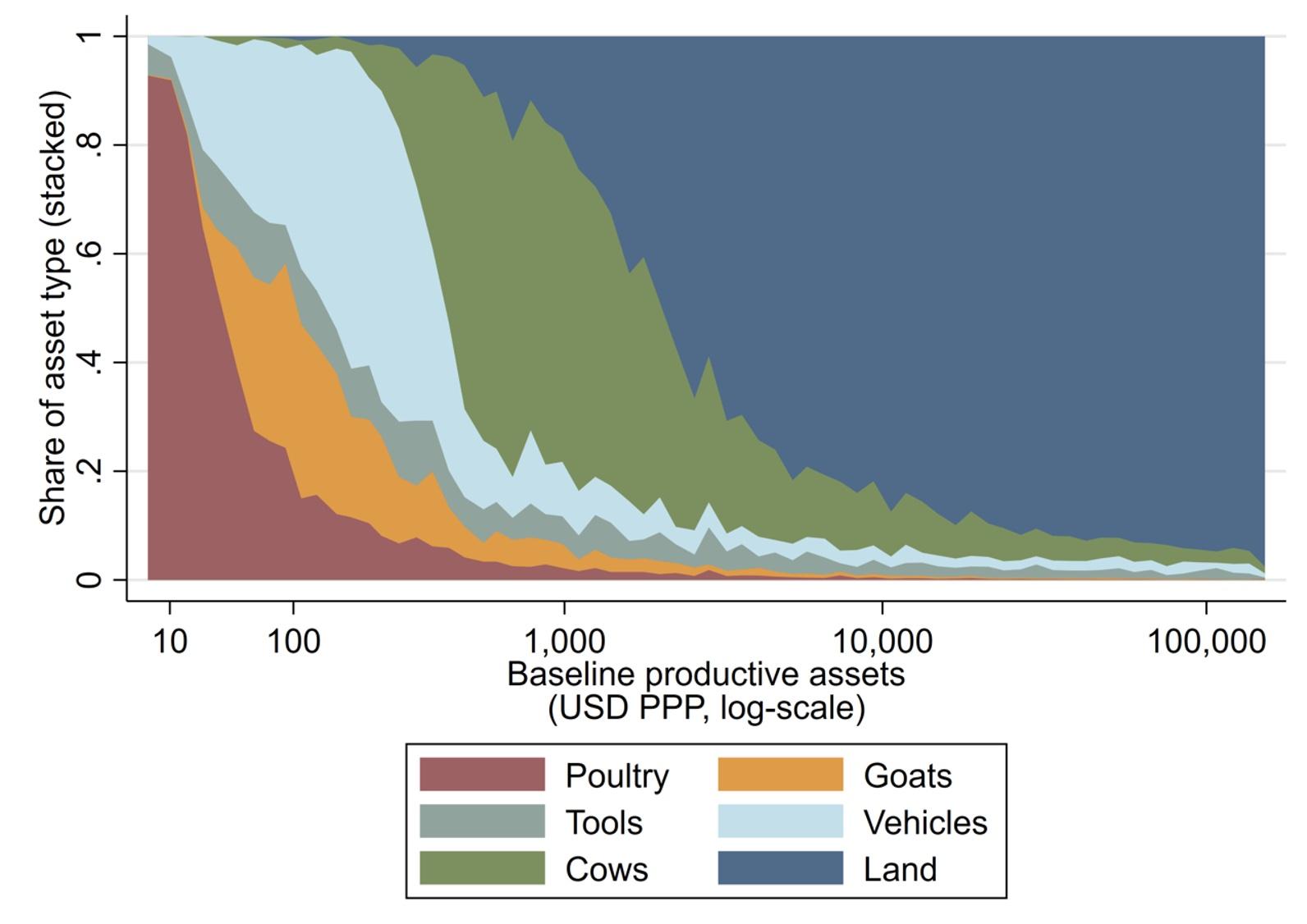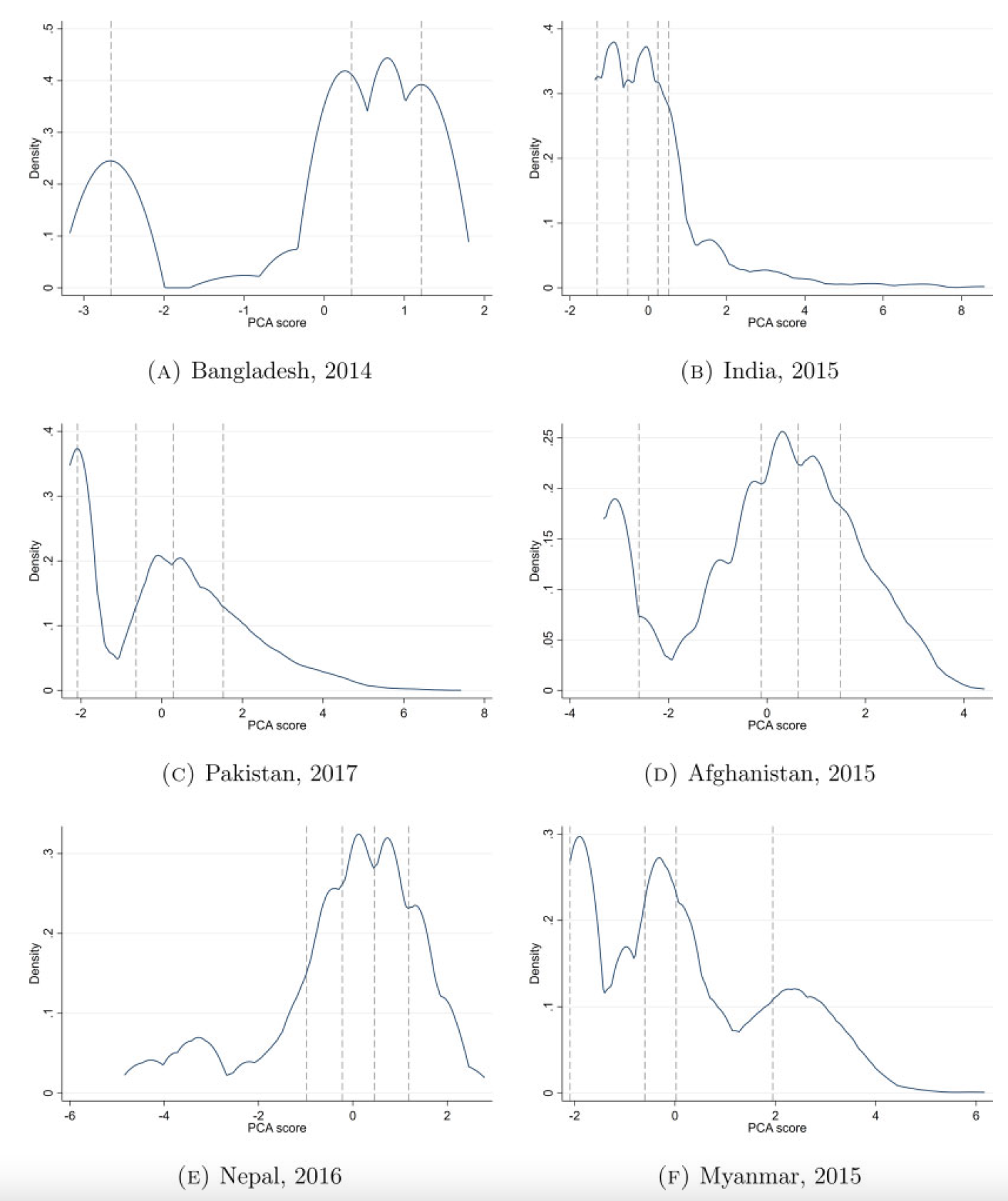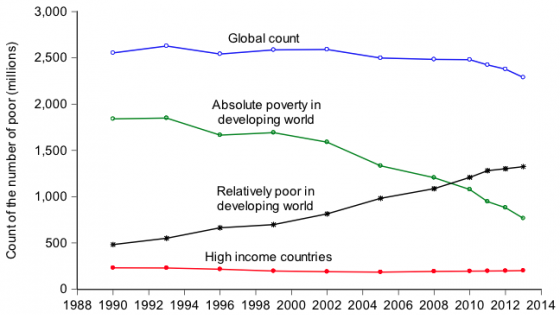To eliminate global poverty, we need to know what causes it. Knowing the causes of poverty is difficult because different causes produce the same outcome. Knowing the causes of poverty is essential because policies that are effective against one cause might be useless, if not harmful, against another.
The causes of poverty can be broadly classified into two groups. In the first, it is poverty that causes poverty (Azariadis 1996). This is the so called ‘poverty trap’ view that theorists have studied extensively, highlighting channels ranging from savings behaviour, human capital, nutrition (Dasgupta 1997), physical and mental health (Ridley et al. 2020), and lumpy investments coupled with borrowing constraints.
If the cause of poverty is poverty itself, then large one-time investments such as asset transfers, trainings, or student loans are required to end poverty for good.
In the second group, it is the innate characteristics of the individual or the economic environment in which they operate that cause poverty. To the extent that these characteristics cannot be changed or compensated, the afflicted person is doomed to remain poor. In this view of poverty, one-time transfers will dissipate over time and regular income or consumption support is optimal.
Identifying situations and groups for which poverty traps arise is an empirical task that has motivated a rich literature (Kraay and McKenzie 2014). For example, analysing observational panel data of farmers and pastoralists in multiple countries, Jalan and Ravallion (2004), Lokshin and Ravallion (2004), Naschold (2013), and Arunachalam and Shenoy (2017) find no evidence of poverty threshold effects in income and wealth dynamics, while Adato et al. (2006), Barrett et al. (2006), Lybbert et al. (2004), and Santos and Barrett (2017) document threshold effects in assets and herd size.
There are also indirect pieces of evidence that taken together point to the empirical relevance of poverty traps in some contexts. Farmers living in extreme poverty are more risk taking when close to an asset threshold value – behaviour consistent with trying to escape or avoid falling into a trap (Lybbert and Barrett 2011, Santos and Barrett 2011). Further, the provision of micro-loans to poor households has shown little effect on average (Meager 2019) but typically benefits a small share of households that already own substantial assets (Banerjee et al. 2021). This is exactly the result that one would expect if there is a minimum profitable scale of production, corresponding to an asset threshold, which most households don’t achieve with the micro-loan alone.
Finally, multi-faceted ‘targeting the ultra-poor’ (TUP) programmes that offer a combination of one-time, large asset transfers, training, credit, and healthcare to specifically targeted households have shown permanent effects on poverty reduction (Bandiera et al. 2017) consistent across a variety of contexts (Banerjee et al. 2015) and lasting up to ten years (Banerjee et al. 2021). The design of these interventions, pioneered by the Bangladeshi NGO BRAC, was guided by the idea of a poverty trap; their perpetual success lends plausibility to the theory.
Our paper (Balboni et al. 2022) provides a direct test of poverty traps. The study is set in 1,309 villages of northern Bangladesh, an area characterised by high rates of extreme poverty, food insecurity, and severely limited occupational choice. The data follows 6,000 beneficiaries of BRACs TUP programme over five survey waves between 2007 and 2018. Roll-out of the programme was randomised such that half the beneficiaries received it in 2007 and the rest in 2011. For 2007–2014, we also collect data on a total of 23,000 households representative of the entire village population.
At baseline, we document a high persistence of poverty in the control group and a hierarchy of occupations that strongly correlates with household wealth. The poorest work low-wage, irregular, casual jobs in agriculture or domestic services, while the better-off are self-employed in livestock rearing and cultivating their own land.
The distribution of productive assets at baseline displays a clear bimodality, with one group of households owning close to zero assets, another group with considerable assets, and almost no one in between (Figure 1). This is prima facie evidence of a trap: If there is indeed a single poverty threshold that binds broadly, then due to its repellent nature few households should be observed close to it in the long run, generating a trough in the asset distribution. But the bimodal distribution can also be explained under the alternative view if the low and high asset groups are composed of people with different fixed characteristics.
While the two views can produce the same outcome in equilibrium, the dynamics out of equilibrium are radically different. In the poverty trap view, a large enough transfer will lead to asset growth in subsequent periods. In the alternative view, large transfers will not lead to higher earnings and thus assets will deplete in subsequent periods. We use the asset transfer that was part of the TUP programme to test the competing views of persistent poverty.
Figure 1 Distribution of productive assets at baseline pre-transfer
The asset transfer throws beneficiaries out of equilibrium. Since beneficiaries own different amounts of assets pre-transfer, we can track asset dynamics post transfer using variation in asset values. We identify a threshold value of productive assets, above which households accumulate further wealth and below which they fall back into poverty. Figure 2 illustrates this result. It shows a non-parametric fit of productive assets in 2011 against post-transfer assets in 2007. Those households that own less than an equivalent of 500 USD PPP of productive assets in 2007 – 34% of beneficiaries – have even less four years later. Note that the poverty threshold we identify with this method coincides with the point of low density in the baseline asset distribution (Figure 1). The fact that we get the same point with two independent methods strengthens the evidence in favour of poverty traps.
Figure 2 Transition of productive assets between 2007 and 2011
If the relationship of Figure 2 is causal, it describes a trap: poverty now leads to even deeper poverty in the future. But the variation used to identify Figure 2 relies on baseline variation in productive assets, which is possibly endogenous to future asset accumulation. The paper provides additional evidence in support of the identifying assumption that baseline assets are orthogonal to determinants of asset accumulation, such as ability.
Which mechanisms generate these asset dynamics and trap people in poverty? We present a speculative answer based on several supplementary findings. The composition of asset holdings at baseline, shown in Figure 3, reveals that wealthier households hold not only more assets, but more expensive assets (cows and land). These expensive assets constitute an indivisible investment, which the poorest cannot afford. For example, the median price of a cow amounts to 80% of the average annual per capita consumption for poor households.
Figure 3 Composition of productive assets in entire village
In addition to cows, some complementary assets seem to be indispensable to reach a minimum profitable scale of the livestock microenterprise. The households that remain below the poverty threshold don’t do so by much. The value of assets they lack equals the price of a cart, a shed for keeping livestock, or a plough. Without these additional inputs, the cow does not produce sufficient earnings to be maintained, and assets will deplete over time.
On the other hand, beneficiaries with sufficient wealth at baseline to afford these complementary inputs achieve much higher returns in self-employed livestock-rearing than in casual labour, which they can then reinvest. Regression analysis reveals that asset dynamics of those above and below the threshold continue to bifurcate in the 11 years after transfer. This is accompanied by a continued shift into self-employment and investment into land by households above the threshold.
Overall, a picture emerges in which the poorest lack livestock and complementary assets, both of which are necessary to take on more profitable occupations, but neither of which they can acquire. They are thus excluded from the better occupations, and their time and aptitude is wasted on less productive and insecure casual labour. The low wage and unreliable nature of this work, in turn, prevent them from saving enough to purchase the indivisible assets needed to move out of it.
To assess external validity, we plot rural asset distributions in several south Asian countries, including Bangladesh (Figure 4). Several countries display a bimodal asset distribution similar to our sample – a necessary condition for a trap. We are less likely to find poverty traps in cities where people face a larger menu of job options with fewer burdens to move up from the worst to the next best occupation. But even here, unattainable investments – the cost of moving to a better neighbourhood, a certified training programme, or a college degree – might exclude the poor from better occupations.
Figure 4 Distribution of agricultural assets for rural households across South Asia
Returning to the question of policy, the existence of a poverty trap provides grounds for both optimism and pessimism. On the one hand, it implies that small transfers will be ineffective in the long run. Unless recipients are able to move above the wealth threshold, any social assistance will dissipate over time and they will slide back into poverty. This might explain the modest effects of small loans on household productivity in some settings. Nevertheless, there remains an important role for small loans and insurance to safeguard slightly better off households who risk falling into the trap in the face of adverse shocks.
On the other hand, large asset or human capital transfers – as well as policies that address the multiple constraints that jointly create a trap – can have lasting effects even if only delivered once because they enable people to move into better occupations. After people escape the most basic level of poverty (it takes at least four years in our context) they might even be able to repay some of the initial asset grants. Estimates of a structural occupational choice model suggest that the surplus generated from breaking the trap surpasses the programme cost by a factor of 15. Our study therefore casts doubt on a common argument against such ‘big push’ approaches: that a person’s chronic poverty is evidence of their inability to take on a better job. In fact, even the poorest of the poor are able to improve their livelihood when placed in slightly better circumstances.
References
Adato, M, M R Carter and J May (2006), “Exploring Poverty Traps and Social Exclusion in South Africa Using Qualitative and Quantitative Data”, Journal of Development Studies 42, 226–247.
Arunachalam, R and A Shenoy (2017), “Poverty Traps, Convergence, and the Dynamics of Household Income”, Journal of Development Economics 126, 215–230.
Azariadis, C (1996), “The Economics of Poverty Traps Part One: Complete Markets”, Journal of Economic Growth 1, 449–486.
Balboni, C, O Bandiera, R Burgess, M Ghatak and A Heil (2022), “Why do People Stay Poor?”, Quarterly Journal of Economics 137(2): 785–844.
Bandiera, O, R Burgess, N Das, S Gulesci, I Rasul and M Sulaiman (2017), “Labor Markets and Poverty in Village Economies”, Quarterly Journal of Economics 132, 811–870.
Banerjee, A V, E Duflo, N Goldberg, D Karlan, R Osei, W Parienté, J Shapiro, B Thuysbaert and C Udry (2015b), “A Multifaceted Program Causes Lasting Progress for the Very Poor: Evidence from Six Countries”, Science 348, 772.
Banerjee, A V, E Duflo and G Sharma (2021), “Long-Term Effects of the Targeting the Ultra Poor Program”, American Economic Review: Insights 3(4): 471–486.
Banerjee, A V and A Newman (1993), “Occupational Choice and the Process of Development”, Journal of Political Economy 101, 274–298.
Barrett, C B, P Phiri Marenya, J McPeak, B Minten, F Murithi, W Oluoch-Kosura, F Place, J C Randrianarisoa, J Rasambainarivo and J Wangila (2006), “Welfare Dynamics in Rural Kenya and Madagascar”, Journal of Development Studies 42, 248–277.
Dasgupta, P (1997), “Nutritional Status, the Capacity for Work, and Poverty Traps”, Journal of Econometrics 77, 5–37.
Galor, O and J Zeira (1993), “Income Distribution and Macroeconomics”, Review of Economic Studies 60, 35–52.
Ghatak, M (2015), “Theories of Poverty Traps and Anti-Poverty Policies”, World Bank Economic Review 29, S77–S105.
Hirschman, A O (1958), The Strategy of Economic Development, New Haven, CT: Yale University Press.
Jalan, J and M Ravallion (2004), “Household Income Dynamics in Rural China”, in Insurance against Poverty, Oxford University Press, 108–124.
Kraay, A and D McKenzie (2014), “Do Poverty Traps Exist? Assessing the Evidence”, Journal of Economic Perspectives 28, 127–148.
Lokshin, M and M Ravallion (2004), “Household Income Dynamics in Two Transition Economies”, Studies in Nonlinear Dynamics & Econometrics 8, 1–33.
Lybbert, T J and C B Barrett (2011), “Risk Taking Behavior in the Presence of Nonconvex Asset Dynamics”, Economic Inquiry 49(4): 982–988.
Lybbert, T J, C B Barrett, S Desta and D L Coppock (2004), “Stochastic Wealth Dynamics and Risk Management among a Poor Population”, Economic Journal 114, 750–777.
Meager, R (2019), “Understanding the Average Impact of Microcredit Expansions: A Bayesian Hierarchical Analysis of Seven Randomized Experiments”, American Economic Journal: Applied Economics 11, 57–91.
Murphy, K, A Shleifer and R Vishny (1989), “Industrialization and the Big Push”, Journal of Political Economy 97, 1003–1026.
Naschold, F (2013), “Welfare Dynamics in Pakistan and Ethiopia—Does the Estimation Method Matter?”, Journal of Development Studies 49, 936–954.
Ridley, M W, G Rao, F Schilbach and V H Patel (2020), “Poverty, Depression, and Anxiety: Causal Evidence and Mechanisms”, NBER Working Paper no. w27157.
Rosenstein-Rodan, P (1943), “Problems of Industrialisation of Eastern and South- Eastern Europe”, Economic Journal 53, 202–211.
Santos, P and C B Barrett (2011), “Persistent Poverty and Informal Credit”, Journal of Development Economics 96, 337–347.
Santos, P and C B Barrett (2017), "Heterogeneous Wealth Dynamics: On the Roles of Risk and Ability", in The Economics of Poverty Traps, National Bureau of Economic Research, 265–290.
